Traditional music in Lesotho
Lesotho is one of the few countries in Africa that has not been overly influenced by the West. Because of this it has kept its founding principles largely intact. It is a nation of farmers surrounded by natural wealth such as mountains and mineral springs. Among this beauty live the Basotho, a proud nation of Africans who find solace in their traditions.
There are many styles and sub-genres of Basotho music, which differ from one territory to the next. These styles have created cohesion or brought about rivalry throughout the years. Basotho music is inspired by the country’s natural surroundings, work, birth, death, politics, and day-to-day life.
Although crop and livestock farming is valued most, traditional music also forms an important part of people’s lives. Basotho music can be described as ‘call and respond’ music; when instruments are used they aim to complement or substitute the voice.
Gender roles and socialisation through music
Basotho children are taught music, praise singing and dance from the beginning. Mothers and grandmothers sing lullabies to crying infants. The content of these lullabies is about praising the family and community as well as the well-being of the Basotho nation and its people. Soon after a baby is born, the family throws a party called pitiki, an all-female affair that celebrates the mother for bringing a life into the world. It takes place in a closed hut where food and drinks are served. Litolobonya music and dance are sung and performed to celebrate mother and child.
As children grow up, they are taught through lits’omo (storytelling), which is often musical. The aim of lits’omo is to stimulate development and is said to counter a short concentration span. When children reach the age of 5-7 years they learn lithothokiso (praise poetry/recitations), which is rhythmic and believed to improve memory and vocabulary. Lithothokiso goes hand in hand with the general socialisation of children. Depending on their gender, children are taught chores, how to take care of domestic animals as well as indigenous games, which they play with their peers. The elders of a community teach the boys how to take care of calves, lambs and dogs while the girls look after fowl and are taught housework.
Music and work
Gender roles become even more defined as children enter their teenage years. Girls learn to sing and dance and boys are encouraged to take up musical instruments depending on the stock they graze. Those who herd sheep and goats play the mamokhorong/sekhankula (herdboys’ bow instrument), while those who herd cows take up the lesiba (stick cipher). These instruments are played for personal amusement and often well into old age.
Traditionally, a day starts long before sunrise. The women and girls prepare food for the herders and the whole family. The women and girls will grind corn or millets while the men and boys tend the livestock before taking the animals out to graze. Grinding, called ho sila, is a skill that mothers pass on to their daughters. While grinding, the women sing songs called pina-tsa-ts’iloana (songs of the grinding stone).
While boys graze the animals they entertain themselves by stick fighting and rodent hunting. Many of the games that boys play are mostly done in a rhythmic pattern. When most of the house chores are completed, the women teach the girls how to play the thomo (women's bow instrument) and the sekebeku (wooden jaw harp). These instruments are also played during community gatherings or on travels.
In the afternoon the girls will fetch wood and water which they do in groups while singing and dancing. Girls from different villages also compete against each other during autumn festivals in celebration of a good year of harvest. Here the girls will sing pina-tsa-mokopu (pumpkin songs).
Many Basotho people also court through music. Young men often try to impress the ladies with their instrument playing skills. This is done both informally and formally. The latter happens after dinner via pineng-tsa-serobolela (serobolela songs) where girls from the community sing and dance in a circle while the boys look on. The boys are then gradually integrated into the proceedings. A proficient lesiba player will start a song that everyone will dance to, with a leader stomping while moving his shoulders in a particular manner that the rest of the dancers follow. This dance is called focho, which was also another name for famo music in the late 1970s.
Seasons and music
Besides all the music and dancing that occurs on a daily basis, every season of the year has its own music and entertainment. In winter young men and women attend initiation schools (lebollo) as a rite of passage. This is an important season in the Basotho calendar and an opportunity for initiates to showcase their singing and praising abilities when leaving (ha ba kena mophatong) and returning (ho chesoa maphato) home. It is at this time that everyone gets to compose their own songs and praises (ba bina mangae and ba ithoke). Those who show acumen in composition and singing receive extra gifts from the community and often go on to lead mohobelo (male striding dance) and letsemeng (community initiatives).
In spring new life emerges and the need for rain is great. Men go on hunting trips (ba tsoa lets’olo) during which they pray for rain while maidens and young brides challenge neighbouring villages to lesokoana (a relay) in the name of rainfall.
During the summer the boys and girls return from initiation schools. Weddings are abundant and the season is laden with festivities where musicians and dancers make a great part of the entertainment.
Traditional music and marriage
When there is a wedding, festivities start about a week before the wedding, which lasts for about two days, and sometimes continue for a week after. Marriage proceedings begin with the men collecting and chopping wood, slaughtering sacrificial animals and preparing the home of the newlyweds. While doing this work, the men sing mohobelo, a praise song that inspires them to release their masculinity. An evening before the wedding, the groom’s family and friends arrive at the bride’s house to ask for her hand in marriage. This is done through a communal effort and through sung dialogue, and often throughout the night.
Modernity, religion and traditional music
The arrival of missionaries, the age of industrialisation and mining, as well as the introduction of radio, considerably altered traditional music in Lesotho in the last two centuries. The arrival of Christianity also had an influence on traditional music, with the Apostolic Church (Bapostola) becoming the new custodian of spiritual music and practices. Religion also introduced the Basotho to choral music (monyanyako) and hymns (lifela). In the face of this, those who didn’t want to let go of their culture and traditions formed traditional churches that to this day use traditional musical instruments during the singing of hymns.
Basotho who went to work in the South African mines met other ethnic groups from sub-Saharan Africa as well as workers from European decent, who introduced them to the concertina (korostina) and the accordion (koriana). This saw the birth of famo music, which was based on the traditional styles of lesiba and litolobonya, to form a unique blend of sounds and Lesotho's most popular genre.






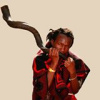










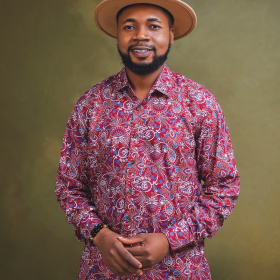

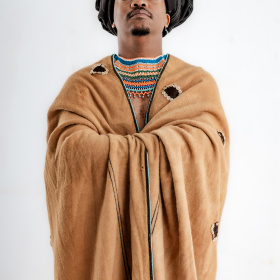

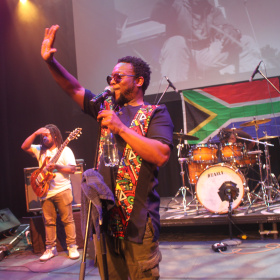




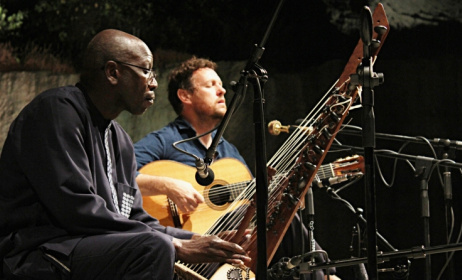







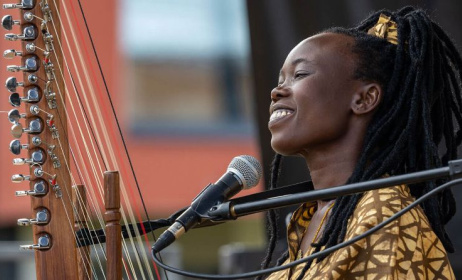
Comments
Log in or register to post comments